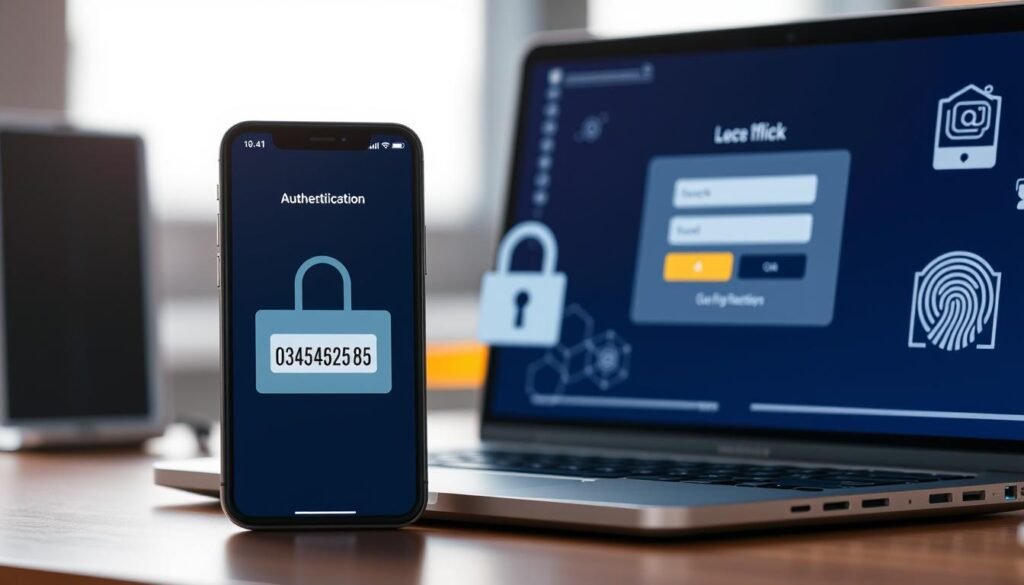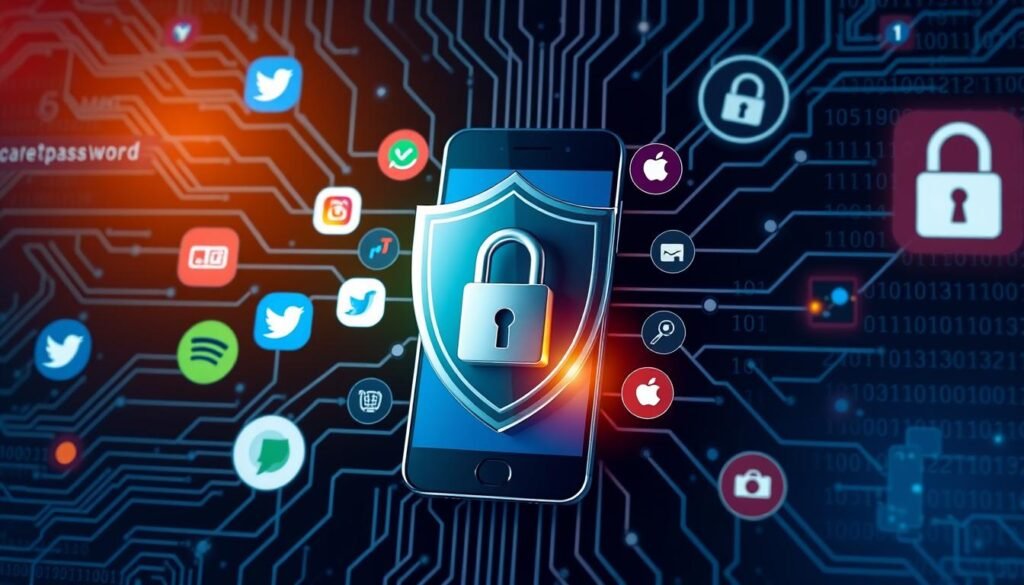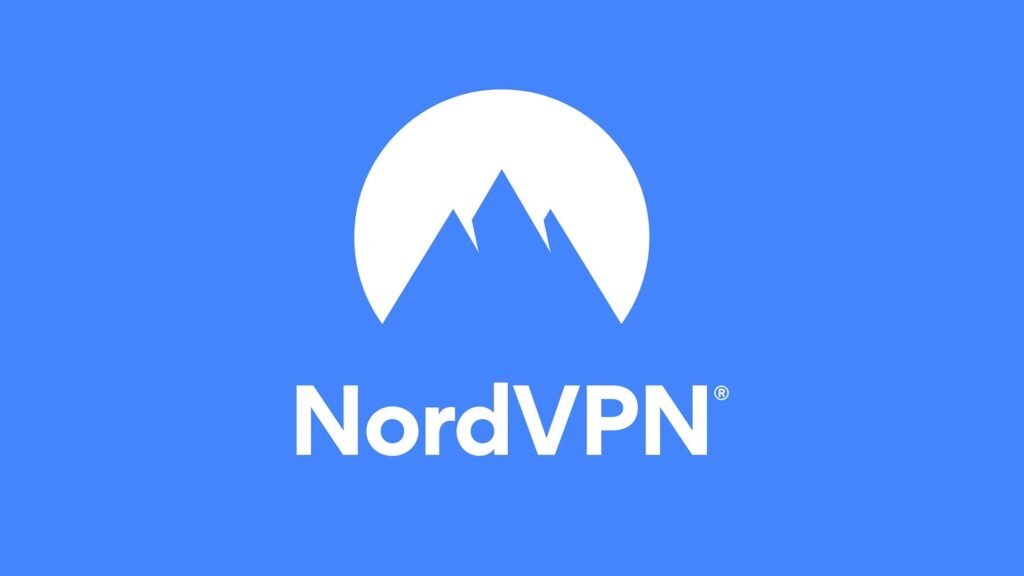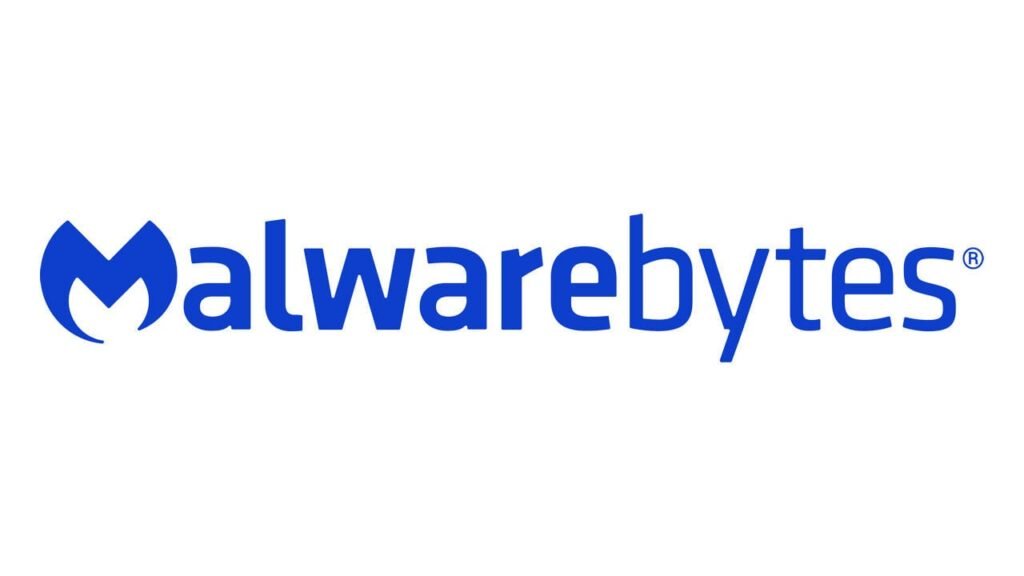In today's digital world, it has become crucial to take the necessary steps to secure your social media accounts. With over 1.3 billion people logging into their favorite social media accounts each month, the vast user base is increasingly vulnerable to phishing attacks1. This guide aims to provide you with essential steps to secure your social media accounts, helping to enhance your online security and prevent data breaches. Whether you're using Facebook, Instagram, or Twitter, understanding how to implement these security tips can help you protect not only your personal information but also your online interactions2.
Key Takeaways
- • Over 1.3 billion users log on to social media monthly, showcasing the need for robust account protection.
- • Having complex and unique passwords is a fundamental aspect of keeping your accounts safe.
- • Two-factor authentication (2FA) adds another layer of security to your accounts.
- • Regularly reviewing privacy settings can help control who can access your information.
- • Be vigilant against phishing attempts, which are common on social platforms.
- • Investing in security software can protect you from malicious attacks and scams.
Understanding the Importance of Securing Your Social Media Accounts
Securing your social media accounts is vital for maintaining your identity protection. With users spending approximately 116 minutes on social media daily, it underscores a significant time investment in these platforms3. Unfortunately, this extended usage can expose personal details, financial information, or even corporate networks to cybercriminals if proper precautions are not taken.
Social media accounts are often linked to shopping accounts and banking information, creating multiple avenues for potential risks. Alarmingly, about 1.4 billion accounts are hacked monthly on social media platforms4. Therefore, employing cybersecurity best practices like using strong, unique passwords and multi-factor authentication can significantly reduce the risk of unauthorized access.
In addition, managing unused social media accounts and closing them is advisable to minimize possible hacking threats. Platforms like Facebook and Instagram offer customizable privacy settings that allow you to control who views your personal information4. As social media is vulnerable to spreading misinformation, users are encouraged to verify news by cross-referencing multiple reputable sources3.
The Role of Unique Passwords in Social Media Security
Utilizing unique passwords for each social media platform serves as a vital safeguard against unauthorized access. The recommended password strength for these accounts is a minimum of 20 characters, ensuring robustness and security. By adopting cybersecurity best practices, you can effectively mitigate risks associated with data breaches and account takeovers. In fact, social media account takeovers have surged by over 1000% within a year, a staggering increase that further emphasizes the need for strong, unique passwords5.
Examples of strong passwords might include random strings like LauH6maicaza1Neez3zi or a combination of unrelated words. This strategy minimizes the possibility of a single compromised password affecting multiple accounts, as relying on the same password across various sites significantly heightens vulnerability6. Regular maintenance of password hygiene is paramount; changing your social media account passwords quarterly or yearly is advisable to sustain security levels6.
Implementing effective password management tools can greatly aid in creating and maintaining unique passwords. Trusted software such as 1Password or LastPass, or even browser-integrated password managers, can protect against phishing attempts and unauthorized access6. By avoiding password sharing with untrusted individuals and addressing access rights for third-party applications, you can further strengthen your defenses.
Each time you log into your social media accounts, ensure that you review your authorized applications and monitor account activity for any suspicious signs of compromise. These actions, along with vigilant password management, greatly reduce the risk of falling victim to the increasing rates of cyber-attacks and scams prevalent in the digital landscape.
Essential Steps to Secure Your Social Media Accounts
Securing your social media accounts begins with understanding some essential steps to protect your personal and professional information. One crucial action is using complex passwords that are difficult for others to guess. According to the National Cyber Security Centre (NCSC), a recommended method for creating strong passwords involves using three random words, such as RainingWalrusTeacup, to enhance security on your accounts7.
Using Complex Passwords
Complex passwords serve as the foundation of effective online security. In a landscape where 92% of employees and managers desire control over their applications, it's vital that your passwords are robust8. Many individuals often rely on insecure methods for password management, with 42% of employees admitting they are solely responsible for managing their passwords without utilizing consistent procedures8. Adopting guidelines and best practices, such as regular updates and avoiding reusing passwords across platforms, helps mitigate risks, especially considering the frequent reports of security breaches like those experienced by one million Facebook users in 20229.
Utilizing a Password Manager
A password manager can play an essential role in effective password management. These tools allow you to generate, store, and manage your complex passwords securely. Careful selection of a password manager not only enhances convenience but also strengthens your online security by creating unique passwords for each of your social media accounts8. With various password management solutions available, it's crucial to choose one that suits your needs, focusing on security features and ease of use. Regular updates and monitoring of your password manager can further enhance your overall security stance while managing the essential steps to secure your social media accounts9.
Setting Up Two-Factor Authentication
Two-factor authentication (2FA) significantly enhances the security of your online accounts. You can consider it as an additional safety lock, ensuring that even if someone acquires your password, they cannot access your account without another verification step.

With 80% of data breaches potentially preventable through 2FA, implementing this measure is crucial for effective data breach prevention10. Various social media platforms like Facebook, Instagram, and Twitter support two-factor authentication, making it simple to activate11. One of the most common and user-friendly methods for this is receiving a one-time passcode via SMS or email11. For enhanced security, you might also use authenticator apps such as Google Authenticator or Duo, which generate secure verification codes11.
Security keys, physical devices that provide a second authentication factor, are considered the most reliable method of two-factor authentication11. Research indicates that adding recovery phone numbers can protect against automated bots and many phishing attacks, emphasizing the importance of this extra step10. When setting up 2FA, you should prioritize sensitive accounts, such as banking, credit cards, and social media11. As a precaution, avoid allowing these platforms to remember devices used for logging in, especially on public computers, as this enhances your online security10.
Reviewing and Adjusting Privacy Settings
Regularly reviewing your privacy settings is vital for optimizing your social media safety. By taking the time to manage who can see your posts, you can better control your personal information. This proactive measure is key to preventing unwanted attention and protecting yourself from potential scams.
Managing Who Can See Your Posts
Adjusting your visibility settings allows you to determine who has access to your content. With the rise of scams, where Americans lost more than $1 billion to social media scams in 2023 alone12, it becomes crucial to restrict visibility. Consider limiting your posts to friends only and periodically reviewing your friend list. This helps to ensure that strangers cannot view your personal information.
Controlling Friend Requests and Follower Access
Maintaining control over friend requests and followers can significantly heighten your privacy. To improve your account recovery process, restrict incoming requests to only those users you know personally. The National Cybersecurity Alliance recommends regularly checking and managing your personal connections on social media13. Additionally, take the time to monitor and limit access from third-party applications linked to your profiles. This creates a fortified environment, minimizing the risk of unauthorized data breaches.
| Privacy Setting | Purpose | Recommendation |
|---|---|---|
| Profile Visibility | Control who sees your information | Set to friends only |
| Friend Requests | Limit incoming connections | Only accept known contacts |
| Third-Party Access | Prevent unauthorized sharing | Review connected apps regularly |
| Location Sharing | Protect personal whereabouts | Disable unless necessary |
| Profile Information | Secure sensitive data | Share minimal personal information |
By actively managing these settings, you take significant steps toward enhancing your privacy and maintaining your social media safety. Many users overlook the importance of reviewing these settings, allowing potentially harmful individuals access to their personal data. Regular adjustments can provide you with a higher level of security in this increasingly connected world1213.
Recognizing Phishing Attempts on Social Media
Phishing attempts are increasingly common on social media, with scammers launching thousands of attacks daily to exploit unsuspecting users14. Recognizing the signs of phishing can significantly enhance your identity protection and safeguard your accounts from cyber threats.
Signs of a Phishing Attack
Be vigilant for certain telltale signs that signal potential phishing attempts:
- • Suspicious messages: Messages from unknown or untrustworthy sources often contain links or requests for personal information. Always double-check the sender's details.
- • Urgency: Phishing emails frequently create a sense of urgency, pushing you to act quickly. This tactic aims to bypass your thoughtful consideration15.
- • Spelling and grammar errors: Poorly written messages can indicate phishing. Genuine organizations usually maintain high communication standards15.
- • Generic greetings: Emails that start with vague salutations like “Dear sir or madam” may be spam, as reputable companies use personalized greetings15.
- • Unexpected requests for information: Be wary if you receive messages asking for personal or financial details, especially if they seem out of the blue.
What to Do If You Encounter a Phishing Attempt
When you suspect a phishing attempt, your immediate actions can mitigate its risks:
- 1. Do not engage: Avoid responding to or clicking on any links in the suspicious message.
- 2. Report the incident: Notify the social media platform immediately. Reporting phishing attempts helps in fighting against these scams1416.
- 3. Change your passwords: If you interacted with the message, change your passwords and enable multifactor authentication to bolster security14.
- 4. Monitor your account: Keep an eye on your account activity for any unauthorized changes, and inform relevant authorities if necessary.

Monitoring Account Activity Regularly
One of the cornerstones of social media safety is actively monitoring account activity. With over 2.77 billion social media users active today, vigilance has never been more critical17. Regularly checking your account activity can help you spot any suspicious or unauthorized behavior, such as unfamiliar login locations18.
Social media platforms offer features that allow you to view your recent logins and activities. By utilizing these logs, you can identify anomalies that may indicate a potential data breach or unauthorized access. Millions of people fall victim to data breaches and identity theft every year, emphasizing the need for proactive measures17.
Incorporating practices such as changing your password monthly contributes to data breach prevention17. Using the same password across multiple accounts increases the risk of having multiple profiles hacked in the event of a breach18. Make it a habit to review your account settings and notifications regularly, enabling you to respond promptly to any signs of compromise.
Remember that implementing two-factor authentication for your social media accounts can significantly enhance security. This adds an extra layer of protection, particularly for those prone to targeted attacks. Awareness and regular checks are essential components in the fight against identity theft and account compromise.
| Frequency of Monitoring | Action Required | Safety Impact |
|---|---|---|
| Daily | Check recent logins and alerts | High |
| Weekly | Review privacy settings | Medium |
| Monthly | Change passwords | High |
| Quarterly | Conduct a full security review | Very High |
In conclusion, consistency in monitoring account activity is vital. This proactive approach not only safeguards your information but also enhances your overall online experience.
Protecting Personal Information Online
Maintaining your privacy on social media platforms is vital for effective identity protection. The types of personal information you share can make you vulnerable to various risks, so being mindful of what you post is crucial. You should refrain from sharing sensitive details like your home address, phone number, and financial information. This kind of oversharing invites potential threats, including identity theft and harassment. According to reports, 63% of social media users have fallen victim to targeted phishing attacks, while 85% do not regularly adjust their privacy settings, leaving them at risk19.
Types of Information to Avoid Sharing
- • Your full name and address
- • Phone numbers and other contact details
- • Banking or financial information
- • Any passwords or login credentials
Understanding the categories of information to guard against sharing helps reinforce your personal security. Many users inadvertently expose their data; for example, 40% of individuals have shared their full name and address on social media, which raises alarms about privacy19.
The Consequences of Oversharing
Oversharing can result in dire consequences. When individuals post too much information, they make themselves easy targets for cybercriminals. 70% of users have posted photos that inadvertently reveal sensitive information, such as their location or possessions, which can lead to theft or other criminal activities19. Additionally, privacy breaches can occur when users tag friends without their consent, affecting up to 48% of social media users19.

Practice good online security tips to safeguard your personal information. For instance, awareness of privacy settings and tools on different social platforms can help you manage who sees your posts. You should routinely check the privacy features that every social media platform provides, as these can significantly enhance your identity protection20.
Ensuring Your Devices and Apps Are Up to Date
Keeping your devices and applications updated is essential for robust online security. Regular app updates help address known vulnerabilities and reinforce data breach prevention efforts. Statistics indicate that weak or stolen passwords are responsible for a staggering 60% of data breaches, highlighting the need for strong security practices across all platforms21. Cyber criminals often exploit outdated software to launch attacks; therefore, enabling automatic updates can significantly reduce your risk22.
Be proactive by checking for updates on a regular basis. Implement these online security tips to enhance your security framework:
- • Set your devices to automatically update whenever possible.
- • Regularly review your installed applications and remove any that you no longer use.
- • Monitor trusted sources for announcements regarding critical updates.
According to research, 43% of cyberattacks target small businesses, proving that no one is immune to these threats23. The risks of being lax about updates extend beyond individuals; entire organizations can suffer catastrophic financial losses without proper protections in place. Make sure to stay informed and vigilant to keep your data secure.
Conclusion
Securing your social media accounts is an ongoing commitment that requires vigilance and education. By implementing essential steps to secure your social media accounts like using strong, unique passwords—ideally 12 to 16 characters long—and enabling two-factor authentication, you significantly enhance your cybersecurity profile. This proactive approach forms a solid defense against the mounting risks posed by cyber threats today.
Moreover, regularly reviewing and adjusting your privacy settings can be accomplished in just fifteen minutes, allowing you to take control of your online security while enjoying a personalized experience. Remember, your online presence is invaluable; proactive measures such as these can safeguard your information against the growing prevalence of phishing attempts and impersonation scams, which account for nearly 60% of online scams24.
Incorporating these online security tips will not only secure your accounts but also contribute to a safe and enjoyable social media experience. Stay informed and adaptable in your cybersecurity best practices, as they are essential for navigating the digital landscape safely. For further guidance and resources on privacy protection, consider exploring services starting as low as $3/month for monitoring and alerts concerning your personal data here25.




